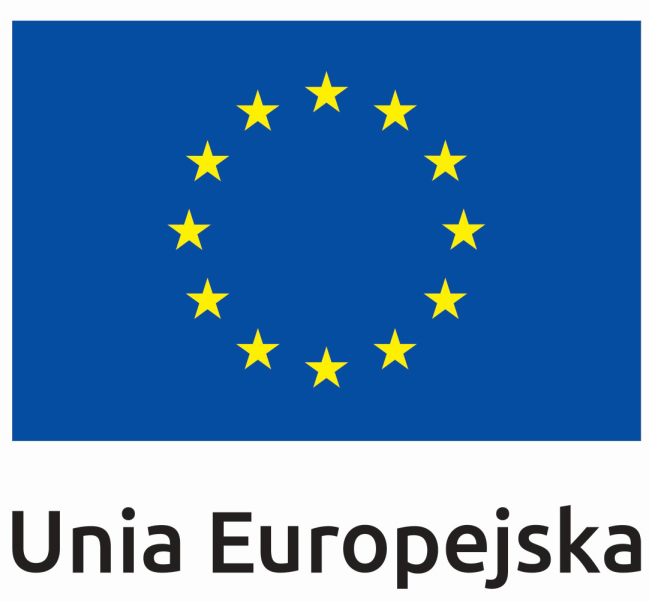Safe sport thanks to RFID
FIFA, which for the first time benefited from the merits of this technology in 2006 during the World Championships is an example of an interesting RFID technology application. The tickets contained a chip which avoided the sale of non-original tickets and therefore the presence of unwanted people during matches. Thanks to the RFID during the World Cup in 2014 on the first day alone, more than 50 people who wanted to get into the stadium using fake tickets were identified. The RFID system enabled efficient control of the entrances and exits of the stadium which streamlined the work of the staff and resulted in reduced queues. In Colorado and California, the RFID technology is used on ski slopes. The passes are equipped with mini chips and placed on the forearm or chest of the skier. Readers can quickly and easily verify the authenticity of the passes and in turn identify people using the ski lifts, providing greater comfort and security.
Optimisation of sales processes in the wholesale retail
The RFID identification systems have been used in the United States by one of the world’s largest retailers, namely the Wal-Mart supermarket chain for over 10 years. In the early stages of the RFID technology implementation, tags were placed on pallets on which goods were transported. In 2010 they started to be placed on individual pieces of clothing too. The advantage that tags have over barcodes is that they contain more information and can be scanned at a distance. As a result, the inventory process and identification of customer needs for individual goods have been streamlined and significantly accelerated.
Similarly, in the UK, Tesco began mass implementation of the RFID system in 2004 by buying 4000 readers and 16000 antennas. Initially, warehouse deliveries were monitored, supporting and improving the process of controlling supply channels by the elimination of delays in deliveries and lack of stock moving. The current plans of this retail giant include the implementation of the RFID technology to monitor sales of F&F clothing, thus enabling effective and quick sales as well as sales records in a given region.
Fewer errors at airports
The RFID technology is successfully used at airports enabling tracking and monitoring of luggage throughout the entire journey. By placing RFID chips on travellers’ luggage, the efficiency of airport employees work can be increased by up to 20%. The RFID increases security, streamlines the check-in and luggage collection processes. Thanks to the automation of the passenger service, the costs associated with the service have been significantly decreased. One of the most important aspects of the RFID tags implementation is the fact that the number of mistakes in the baggage handling process can be reduced by up to half, as confirmed by the International Air Transport Association (IATA).
50% fewer losses when handling in seaports
On the Polish market, the RFID technology is used in selected seaports. Cars for which goods are transhipped are equipped with active RFID tags which carry a unique identifier. This identifier contains information automatically transferred to databases when the vehicle is in the reader’s range. The implementation of RFID reduced the loss value on average from 0,5% to 0,2% for one ship unloading alone.
A more efficient library handling system thanks to the RFID
The RFID system has also found its application in public and University libraries. Using tags placed in books and magazines, checking and organising collections becomes much more efficient. Thanks to the external book-return machine available in selected libraries, books can be returned 24/7. The system identifies the user by their personal library card. Based on the information contained on the RFID library label, each chosen book is assigned to a specific account. The RFID reader, which is in the library, is able to identify up to 5 items at a time, which significantly speeds up the process of borrowing and returning books. The database is then automatically updated. The information on the availability of collections is verified on an ongoing basis.





